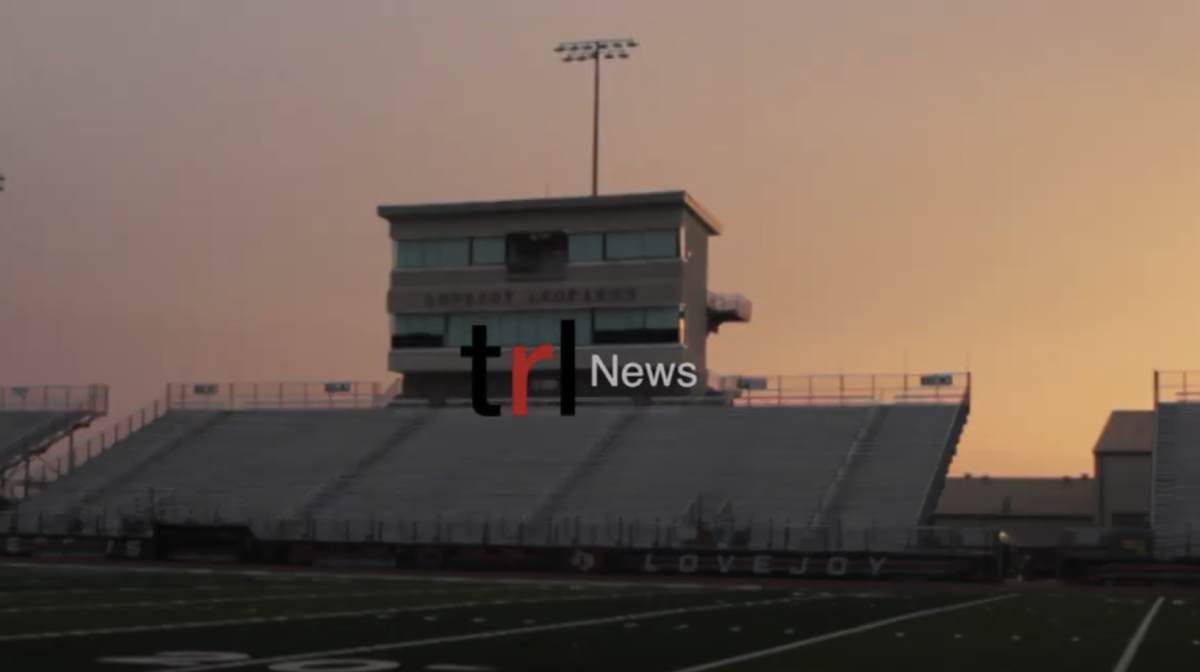With summer rapidly approaching, many local residents wonder whether water restrictions will continue.
While Stage 3 water restrictions will continue, the worst has been avoided. Defying the odds, Lake Lavon has officially recovered from the dramatically reduced water levels of the past year, reaching 100 percent capacity.
When measurements were taken Monday, March 19, the lake was only 83 percent full. However, following heavy rains that night, lake levels jumped to 88 percent. Additional rains and collected runoff that week initially led to 95 percent capacity before later reaching 100 percent.
When stormy weather hit North Texas recently, it caught many experts off-guard. With the warmer winter, meteorologists in the area expected a drier spring season in 2012. This makes a full-capacity Lake Lavon even more surprising.
Even more recent precipitation has actually led water levels to rise further. The North Texas Municipal Water district announced recently that they would be releasing water to prevent flooding.
“Due to recent rains, Lake Lavon is now above the normal conservation pool of 492 feet msl and is now in what is considered the flood pool, which is when the reservoir level is above 492 msl,” the NTMWD said in a public statement. “Runoff from recent rains is continuing to flow into Lavon, and the USACE (US Army Corps of Engineers) will release water as needed to protect lives and property.”
However welcome this rain may be for Lake Lavon, it does not necessarily North Texas’s water problems are over.
“No one ever knows how bad a drought will be until it is over – can it be worse probably, when will it be worse, who knows,” Denise Hickey, spokeswoman for the North Texas Municipal Water District said. “However, a new drought will begin when levels fall below full capacity.”
Although concern towards Lake Lavon has largely dissipated for the time being, the lake is not the only source of water for Collin County. Roughly 28 percent of the county’s water supply comes from Lake Texoma to the north. But instead of water levels worrying officials, it is an invasive species: the zebra mussel. Due to fear of unintentionally spreading the species, which is native to Russia, the pipeline connecting Lakes Lavon and Texoma is shut down.
“Regardless of how much rain we will receive from now through the rest of the spring, it still does not relieve the water supply issue we have with Texoma,” Hickey said.
This is not to say that the progress made at Lake Lavon is fruitless. Because the lake is now at full capacity, it is highly unlikely that the NTMWD will implement Stage 4 Water Restrictions on June 1. Under Stage 4, customers can no longer water their lawns or wash their cars, instead of being able to do so once per week under the current Stage 3.
“For a hydrological drought – when the reservoir elevation drops below full conservation pool, the drought is over – the drought has ended,” Hickey said.















